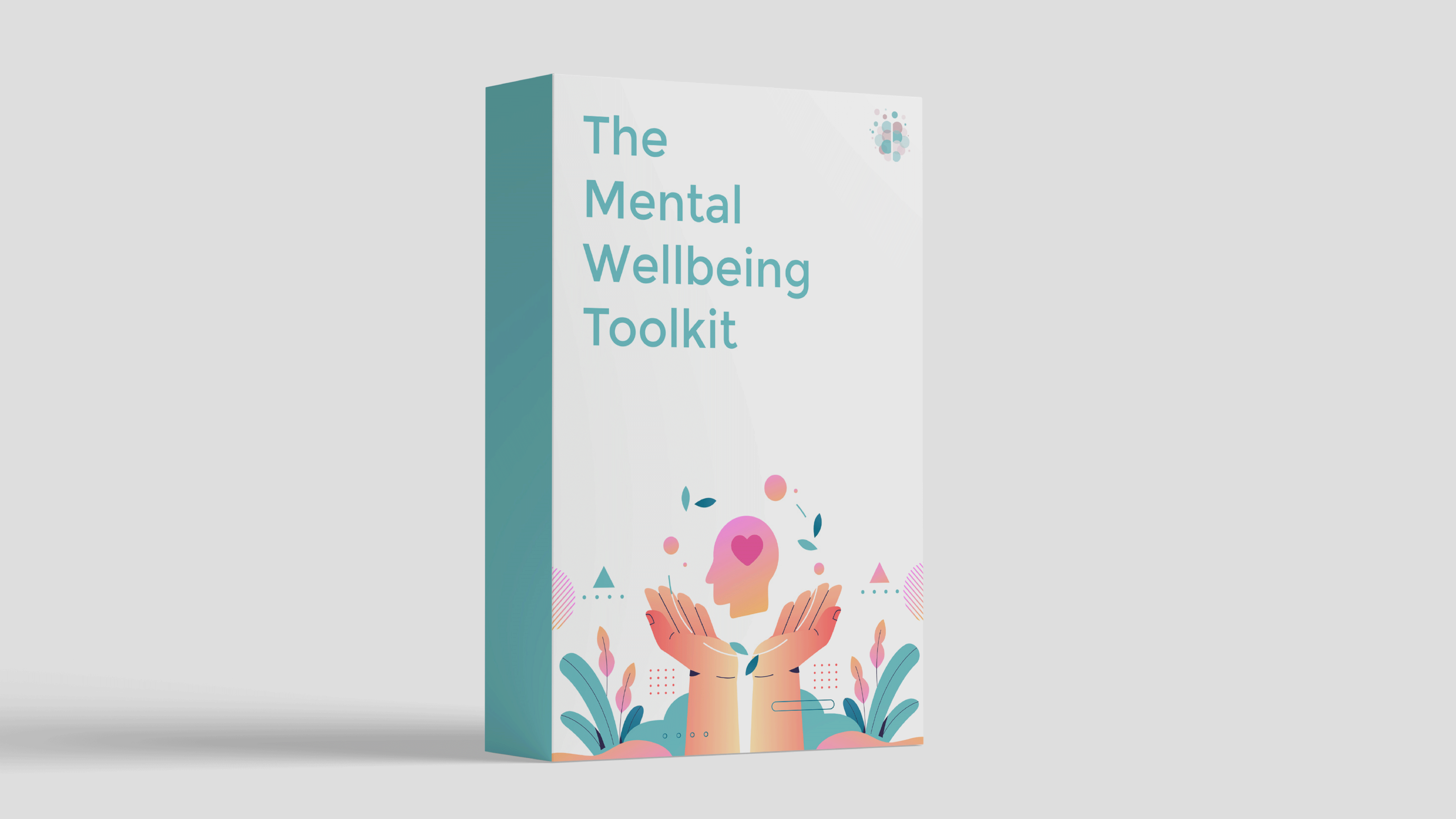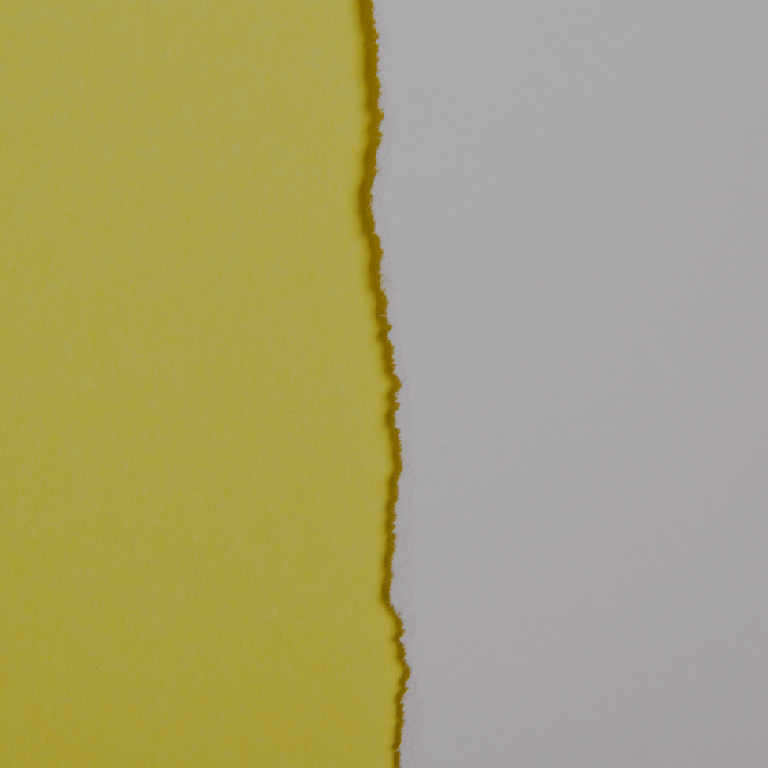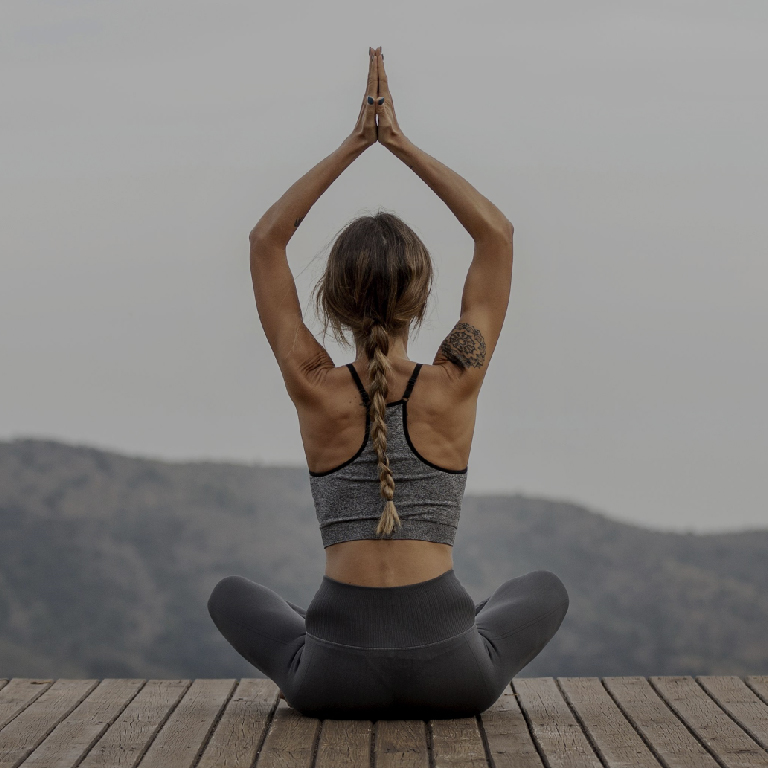Photobiomodulation (PBM) refers to the use of specific wavelengths of red or near-infrared light to stimulate healing, regeneration, and, increasingly, relaxation.
It’s most commonly used in the wellness and medical fields for anti-aging treatments and joint pain relief.
Red and near-infrared light can penetrate the skin and underlying tissues, helping to boost collagen production, reduce fine lines, and improve skin elasticity.
In the context of pain relief, PBM has been shown to reduce inflammation and support tissue repair in muscles and joints. This makes it a valuable tool for managing chronic pain, arthritis, and injury recovery.
In recent years, researchers have started to explore PBM’s potential for improving mood, reducing stress, and enhancing sleep. Could shining a little light on your brain really brighten your mental state? Let's take a look.
What Exactly Is Photobiomodulation?
At its core, PBM is about using light energy to influence cellular behaviour. It works by delivering low-level light (usually red or near-infrared) to the body’s tissues. This light penetrates the skin and is absorbed by mitochondria – the energy-producing powerhouses inside your cells. When this happens, it triggers a cascade of effects:
- Increased ATP production. Light stimulates the mitochondria to produce more adenosine triphosphate (ATP), the primary energy currency of the cell. This enhances overall cellular energy and function.
- Reduced oxidative stress. PBM helps balance the production of reactive oxygen species (ROS), reducing cellular damage and supporting healthier aging at the cellular level.
- Enhanced blood flow. The therapy can increase circulation by promoting the release of nitric oxide, which helps dilate blood vessels and deliver more oxygen and nutrients to tissues.
- Decreased inflammation. PBM has anti-inflammatory effects, helping to calm chronic inflammation and support the body’s natural healing processes.
- Accelerated tissue repair and regeneration. It stimulates the activity of fibroblasts and other cells involved in tissue growth, promoting faster healing of skin, muscles, and connective tissue.
- Improved cellular signaling. PBM enhances intracellular communication, which supports better coordination of biological functions and more efficient cellular responses to stress or damage.
Recent studies suggest that PBM might also influence how we feel emotionally.
Here’s how it might help support mental wellbeing:
- Enhanced mitochondrial function. Better-functioning mitochondria in brain cells may support mood regulation.
- Reduced inflammation. Chronic inflammation is increasingly linked to mood disorders. PBM may help dial it down.
- Improved circulation. Increased blood flow to the brain could enhance mental clarity and emotional resilience.
- Modulation of brain activity. Targeted red light exposure has shown promise in modulating neural activity linked to anxiety and depression.
While PBM isn’t a silver bullet, ongoing clinical trials and a growing body of research are giving it credibility, particularly as a non-invasive complement to traditional therapies.
If you’re curious about exploring red light therapy at home, a good starting point is checking out the best red light therapy options available, which range from small handheld devices to full-body panels depending on your goals and budget.
Which Machine Is Best for Me?
Choosing the right one depends on your goals, budget, and lifestyle. Here’s a general guide to help you decide:
- For mood and sleep support. A smaller, targeted device (such as a desktop panel or wearable) may be sufficient. These are often designed to target the head or upper chest and can be used during short, daily sessions.
- For stress reduction. A mid-size panel that covers a larger portion of the body may be ideal. This allows for broader application, including the nervous system and adrenal areas.
- For whole-body benefits. Full-body panels or beds offer the most comprehensive exposure. While these are a bigger investment, they may provide the greatest impact on overall energy, recovery, and mental wellbeing.
Here are a few more things to keep in mind:
- Do your research. While there’s strong preliminary and clinical support for PBM, results can vary based on wavelength and device quality. Not all consumer devices are equally effective – many lack the power or precise wavelengths needed to produce clinical-grade results.
- Be consistent. Like most wellness routines, results often come with consistent use, not one-time miracles.
- Start simple. You may wish to try a smaller device before jumping into full-body systems.
- Track your progress. Journaling mood, sleep quality, and stress levels before and after sessions can help you see whether it’s making a difference.
Possible Side Effects
Photobiomodulation is generally considered safe and non-invasive, but like any wellness tool, it’s important to use it properly and with awareness.
Some people may experience:
- Mild skin sensitivity or warmth after sessions, especially with higher-intensity devices.
- Temporary headache or fatigue, particularly in early use or with long exposures.
- Eye sensitivity, if light is directed too close to the face without proper protection (always use eye shields for facial treatments).
To reduce risk:
- Follow the manufacturer’s instructions regarding distance, timing, and duration.
- Avoid overexposure, especially in early sessions — more is not always better.
- Consult a healthcare professional if you have a medical condition or are taking light-sensitive medications.
Summary
Photobiomodulation is not a replacement for evidence-based mental health care, but it may offer a supportive, science-informed addition to a well-rounded self-care plan. If you’re already prioritizing healthy sleep, staying active, and working with a therapist, red light therapy could enhance the benefits of these efforts.
As research continues to unfold, PBM is gaining attention as a promising tool for improving both physical and mental wellbeing – gently helping the body and mind return to a state of balance.
Helpful Tools
Our self-guided program includes tools from CBT, DBT, ACT and more, so you can discover what works best for you. Check out The Mental Wellbeing Toolkit today – it's "like 10 therapy sessions in one."
Author




